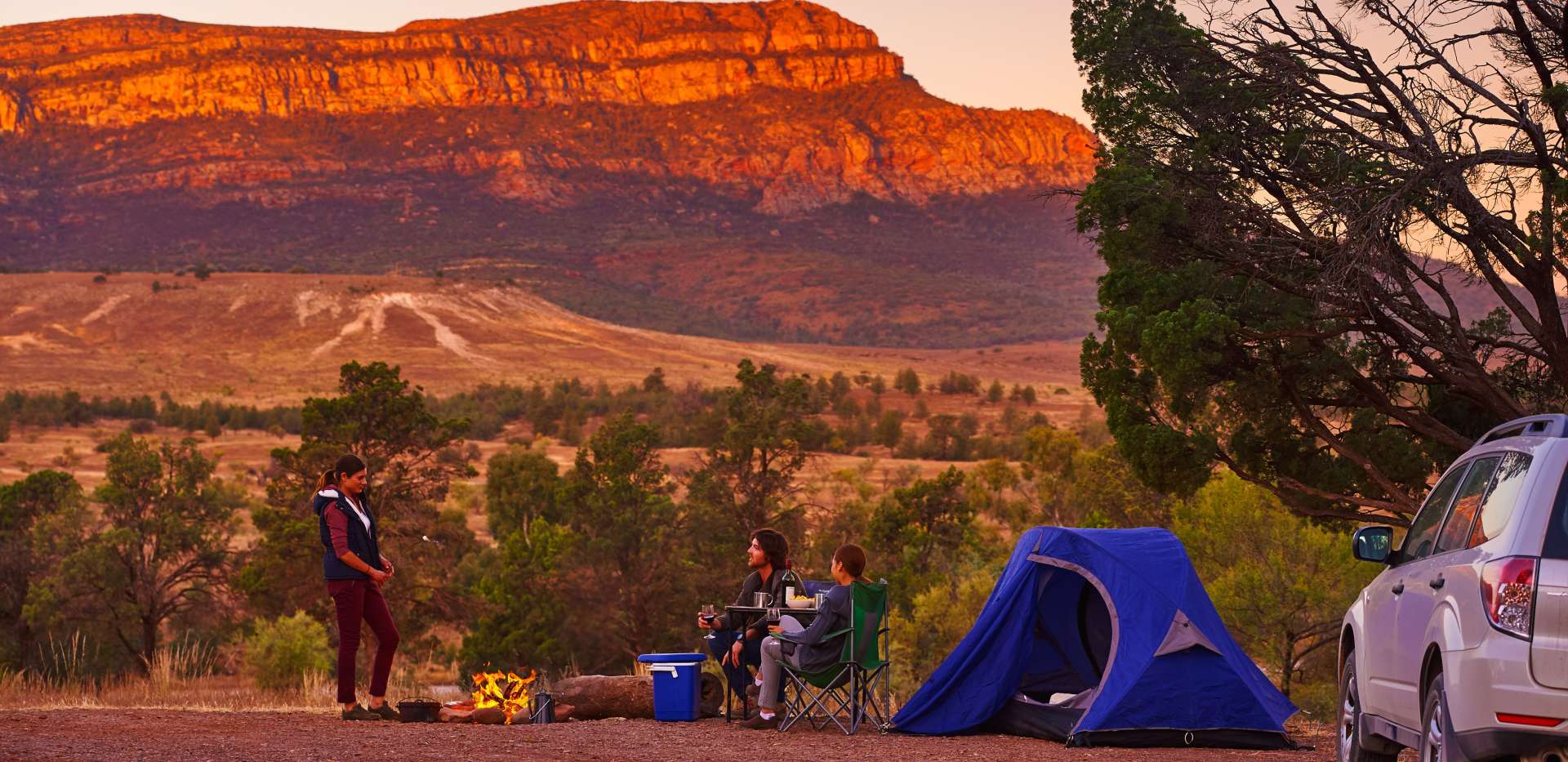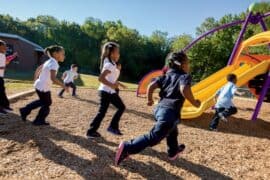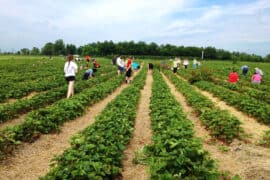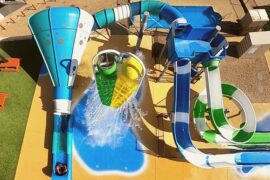Ultimate Guide to Flinders Ranges National Park Camping with Your Family
Hello, adventurous families! Are you ready to embark on a magnificent journey into the heart of Australia’s natural beauty? Flinders Ranges National Park is a treasure trove of rugged landscapes, rich history, and unforgettable starry nights – perfect for a family camping experience like no other. In this guide, we’ll share essential tips, family-friendly campgrounds, and activities that will make your camping trip a delightful adventure!
Why Choose Flinders Ranges National Park for Family Camping?
There is something truly magical about the Flinders Ranges that make it an idyllic spot for family bonding and exploration.
- Scenic Beauty: Flinders Ranges boasts dramatic landscapes from towering cliffs to deep craters and winding gorges. It’s a blissful backdrop for your family memories.
- Wildlife Wonders: The park is home to a wide array of wildlife such as kangaroos, emus, and wedge-tailed eagles, offering kids an invaluable outdoor educational experience.
- Rich History: This region has an incredible Aboriginal heritage and European history waiting to be discovered with interpretative walks that tell the stories of the ancient land.
- Stargazing Spectacular: Away from city lights, the park’s night sky is a dazzling spectacle that will have your little ones (and you!) gazing in awe.
Preparing for Your Camping Trip
Proper preparation can make a world of difference when camping with children. Here are some key pointers to consider:
- Pack Wisely: Make a checklist to ensure you bring all the necessary gear, including a family tent, sleeping bags, cooking equipment, and plenty of water and snacks.
- Weather Ready: Flinders Ranges can see extreme weather conditions, so pack clothing for both hot days and chilly nights, along with sun protection and plenty of layers.
- Safety Measures: First aid kits, insect repellent, and an emergency plan are crucial for a safe camping experience.
- Entertainment: Bring along games, binoculars for bird watching, and nature guides to enrich your children’s connection with the environment.
Best Campgrounds for Families
Flinders Ranges National Park offers a range of campgrounds that are perfect for families. Here are some of the top choices:
- Wilpena Pound Campground: Offers great facilities such as showers, toilets, a swimming pool, and even a general store. It’s an ideal base to explore nearby hiking trails and scenic spots.
- Mambray Creek Campground: A serene spot nestled among river red gums with easy trails for little legs and plenty of wildlife spotting opportunities.
- Rawnley Park Station: Provides a comfortable experience with family-friendly amenities and guided tours of the area.
Every campground in Flinders Ranges has its unique charm and offers different levels of facilities – some more rustic than others. It’s important to pick a base that suits your family’s needs and camping style.
Must-See Sights and Activities
Now, let’s highlight some must-visit sights and family-friendly activities:
- Bunyeroo and Brachina Gorges: Explore these ancient gorges by car or foot, showcasing stunning rock formations and the park’s geological history.
- St Mary Peak Hike: Challenge your family with a hike to the highest peak in the Flinders Ranges, offering incredible views. Opt for the shorter loop if hiking with younger kids.
- Bushwalking Trails: Many trails are suitable for families, such as the Living with Land Walk at Wilpena Pound that teaches about Aboriginal and European history in the region.
- Fossil Hunters: Visit the Ediacara Fossil Site, one of the world’s earliest records of animal life on the prehistoric sea floor.
With careful planning, camping in Flinders Ranges National Park can be an enriching and enjoyable experience for the whole family. So, ready your tents, pack your spirit of adventure, and get set for a getaway that will be talked about for years to come!
Whether you’re a seasoned camping family or new to the wonders of the great outdoors, Flinders Ranges National Park is an extraordinary destination that promises to deliver an unforgettable experience. Embrace the wilderness, spend quality time with your loved ones, and create lifelong memories under the vast Australian sky. Stay tuned for more detailed insights in the next section of our guide, where we will dive deeper into the specific trails, wildlife encounters, and the rich Aboriginal art to be found in the Flinders Ranges.

Five Things Parents Should Know When Preparing for Flinders Ranges National Park Camping
1. Educational Opportunities Abound
Flinders Ranges is not just a place to unwind; it’s a natural classroom bursting with learning moments for your kids. The diverse ecosystems, ancient geological formations, and rich cultural history offer an array of educational opportunities. Delve into the Aboriginal Dreamtime stories, spot and identify native flora and fauna, and explore geological wonders that date back millions of years.
2. Choose the Right Campsite
Consider the needs of your family when selecting a campsite. Some sites offer more amenities, which can be helpful for families with young children or for those seeking a more “glamping” experience. Others may offer a more authentic bush camping experience. No matter your preference, ensure that the campground is safe and appropriate for the ages of your children.
3. Be Mindful of Remote Locations
Flinders Ranges covers a vast area, and some locations can be quite remote. It’s vital to plan your travel routes carefully, check the availability of fuel stations, and be aware of the need to carry extra supplies. Ensure your vehicle is well-maintained and equipped for the varying terrain of the outback.
4. Engage with the Cultural Heritage
The park is rich in Aboriginal culture, and several sites are of significance. It’s a wonderful chance to teach children respect for indigenous cultures and the importance of preserving historical sites. Take guided tours where available to gain a deeper understanding of these precious landscapes through the stories and art of the Adnyamathanha people.
5. Respect the Environment
Instill a love for the outdoors and the importance of conservation by teaching children to leave no trace. Make sure to pack out all rubbish, avoid disturbing wildlife, and stick to marked trails to prevent erosion. Flinders Ranges is a pristine environment that we all have a responsibility to protect.
Detailed Guide to Trails and Nature Walks
Exploring the trails of Flinders Ranges is a highlight of any family camping trip. Keep an eye out for more detailed information on the variety of nature walks and hikes awaiting you and your family in our next guide section. From gentle strolls among the gum trees to the more challenging peaks with panoramic views, there’s a trail to suit every age and fitness level. You’ll discover hidden treasures at every turn, from ancient Aboriginal rock art to rare and resilient plant species that have adapted to this arid environment.
Get ready to witness broad horizons stretching as far as the eye can see, rugged mountains that tell a timeless story, and creeks lined with ancient red gums whispering secrets of the land. The Flinders Ranges National Park is a place where memories are made, bonds are strengthened, and the spirit of adventure comes to life.
So pack those marshmallows for toasting under the stars, prepare your best hiking shoes for exploring, and don’t forget your camera to capture all the awe-inspiring moments. Your family’s camping trip to Flinders Ranges is set to be nothing short of spectacular!
With the stage set for an adventure of a lifetime at Flinders Ranges National Park, you’re almost ready to hit the road. Armed with this essential information, your family is poised for a successful and joy-filled camping experience. While the rugged terrain beckons with its untamed beauty, remember that the most precious part of this journey is the chance to spend uninterrupted time together, forging a deeper bond with nature and each other.
. For more information see here
Disclaimer
The articles available via our website provide general information only and we strongly urge readers to exercise caution and conduct their own thorough research and fact-checking. The information presented should not be taken as absolute truth, and, to the maximum extent permitted by law, we will not be held liable for any inaccuracies or errors in the content. It is essential for individuals to independently verify and validate the information before making any decisions or taking any actions based on the articles.




